Iran's drug traffic & "thousand-year-long communication route" [PHOTO]
![Iran's drug traffic & "thousand-year-long communication route" [PHOTO]](https://www.azernews.az/media/2022/11/15/636b671c02ee5636b671c02ee61667983132636b671c02ee0636b671c02ee3.jpg)
By Fatima Hasanova
Iran is outrightly stating that it is concerned about any recent changes that might occur on the state border with Armenia and will oppose it in any possible way. Official Tehran opposes the opening of the Zangazur corridor, which is considered one of the preconditions for the establishment of peace in the South Caucasus.
It seems that Azerbaijan's legitimate demands to Armenia are interpreted by the Iranian elite circles as a purposeful change of borders and insist on the continuation of their semi-closed and dirty business with official Yerevan. Iran's Supreme Leader Ali Khamenei stated that the country's border with Armenia represents a centuries-old communications route, adding that Iran will oppose any efforts to close that border.
The question arises: "What does exactly this `thousand-year communication route'” mean? Why has this road been designated as vital for Iran?
First, there is a need to take a look at the statistics. Because today Iran continues to function as a hub on the route, which is considered the main artery of global drug trafficking in the world. Iran is considered the main crossing point for this line, which runs from Afghanistan to Southeast Europe, and sometimes it is called the Baltic route. This is the result of analyzes carried out by various international organizations, as well as by the relevant authorities of the countries located along this route. This is also confirmed by the official statistics published by the relevant authorities of Iran.
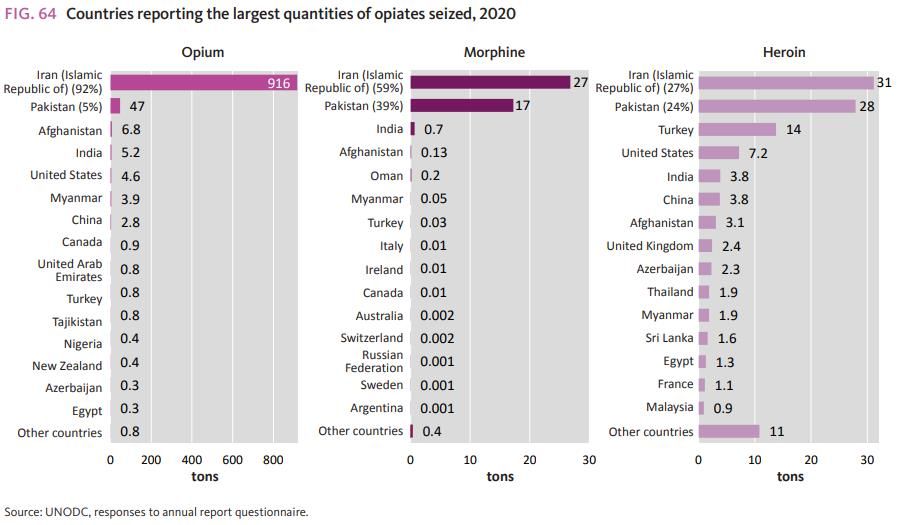
Figure 1: Iran is the country with the largest drug seizures in 2020
According to the UN Office on Drugs and Crime's most recent annual report, approximately 35 to 40 percent of all opiates produced in Afghanistan are transported through Iran and shipped to various parts of the world. In addition, another report prepared by the mentioned institution stressed that about 40 percent of the drugs seized by the Iranian state authorities remain inside the country. As a result, Iranian drug addicts and the SEPAH group provide the regime with income and domestic political stability.
Thus, studies conducted by international organizations, as well as official statistics published by Iran, show that the country plays a significant role in global drug transit. In addition to the traditional drug, Iran is a major distribution center for the synthetic drug methamphetamine, which has been in use for the last decade and is spreading rapidly around the world due to its low cost. In 2019, Iranian authorities stated that the majority of the country's methamphetamine market had been seized by Afghan smugglers and is being used as a transit to reach other markets from Iranian territory. As a result, Iran is considered an important supply hub for methamphetamine to foreign markets. This synthetic drug, the use of which has spread rapidly in Azerbaijan in recent years, was brought into the country by Iranian drug traffickers.
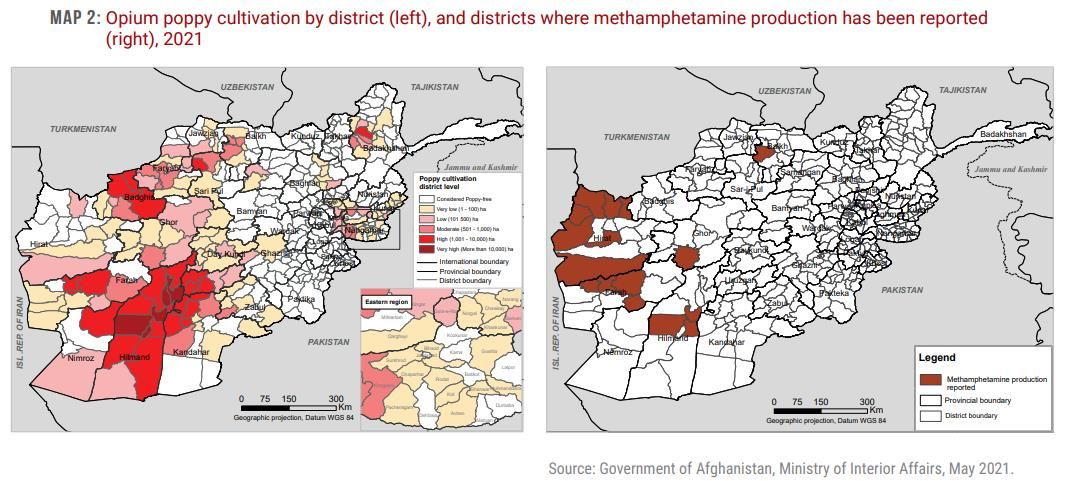
Figure 2. Heroin (left) and methamphetamine (right) production areas in Afghanistan. Dark colors indicate the density of cultivated areas
The United Nations Office on Drugs and Crime 2021 report on the situation in Afghanistan highlighted that heroin plantations and methamphetamine production facilities in the country are mostly located along or close to the border with Iran. Additionally, in May 2021 the Afghan government announced that the Taliban had significantly increased the country's capacity to produce methamphetamine, adding that the production process was taking place in regions bordering Iran. The main reason for this, of course, is the reduction of logistics costs in terms of market principles. Thus, having a "safe corridor" under the direct control of Iran enables Afghan producers to increase their operations in border regions.
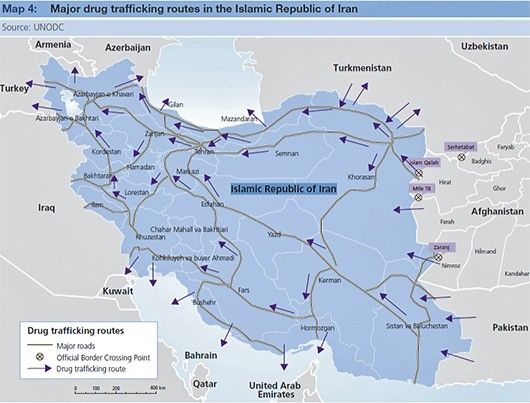
Figure 3: Drug trafficking routes within Iran
According to studies by international organizations, one of the routes for drug trafficking of Afghan origin to Europe, passing through Iran, also passes through Armenia, and Georgia. It is for this reason, in some parts of Iran, the Iranian-Armenian border is also known as the "red line" or the "thousand-year communication route". There are several known facts that demonstrate the existence of the abovementioned Afghanistan-Iran-Black Sea route. In July 2021, 368 kg of heroin was seized in Ukraine as a result of a special international operation conducted jointly by the Georgian and Ukrainian Interior Ministries. As a result of the operational and investigative measures, it became known that a significant amount of heroin was planned to be smuggled from Iran to Ukraine via Armenia and Georgia, and from there to Central Europe. At various times, dozens of such attempts to smuggle large quantities of drugs along this route have been detected.
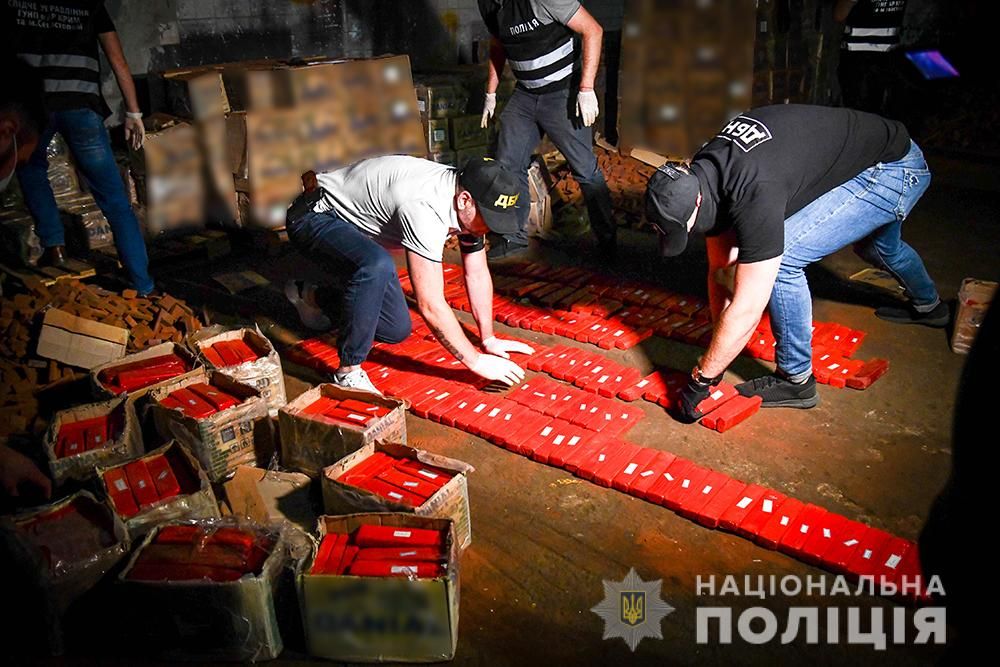
Figure 4: As a result of the special operation, seizures of drugs sent from Iran to Ukraine
For information, it should be noted that at certain periods there were attempts to use the territory of Azerbaijan to transport large quantities of drugs along the Iran-Black Sea-Europe route. For instance, in November 2019, border crossing officials at the Astara checkpoint discovered and seized more than 933 kg of heroin, a narcotic drug that was intended to be transported from Iran to Ukraine via transit through Azerbaijan.
For many years, Azerbaijan's occupied territories were also used as a transit route by some Iranian circles. The relevant Azerbaijani authorities have sufficient information about the establishment of drug plantations under Iranian control in the Gubadli and Zangilan Districts and the construction of a secret underground tunnel for drug cartel activities between Zangilan and Iran. The clearing of Azerbaijan's borders with Iran from invaders during the Second Karabakh War resulted in the closure of the illegal route. However, the amount of heroin that was being attempted to be smuggled into the country and seized by the appropriate authorities doubled in other parts of the Azerbaijani border with Iran, compared to previous years.
On September 20, 2021, Azerbaijan's State Customs Committee at the Bilasuvar customs post discovered more than 527 kg of heroin from an Iranian citizen who was transporting a cargo of "chemical substance and a drying additive" from Iran to Latvia through the territory of Azerbaijan.
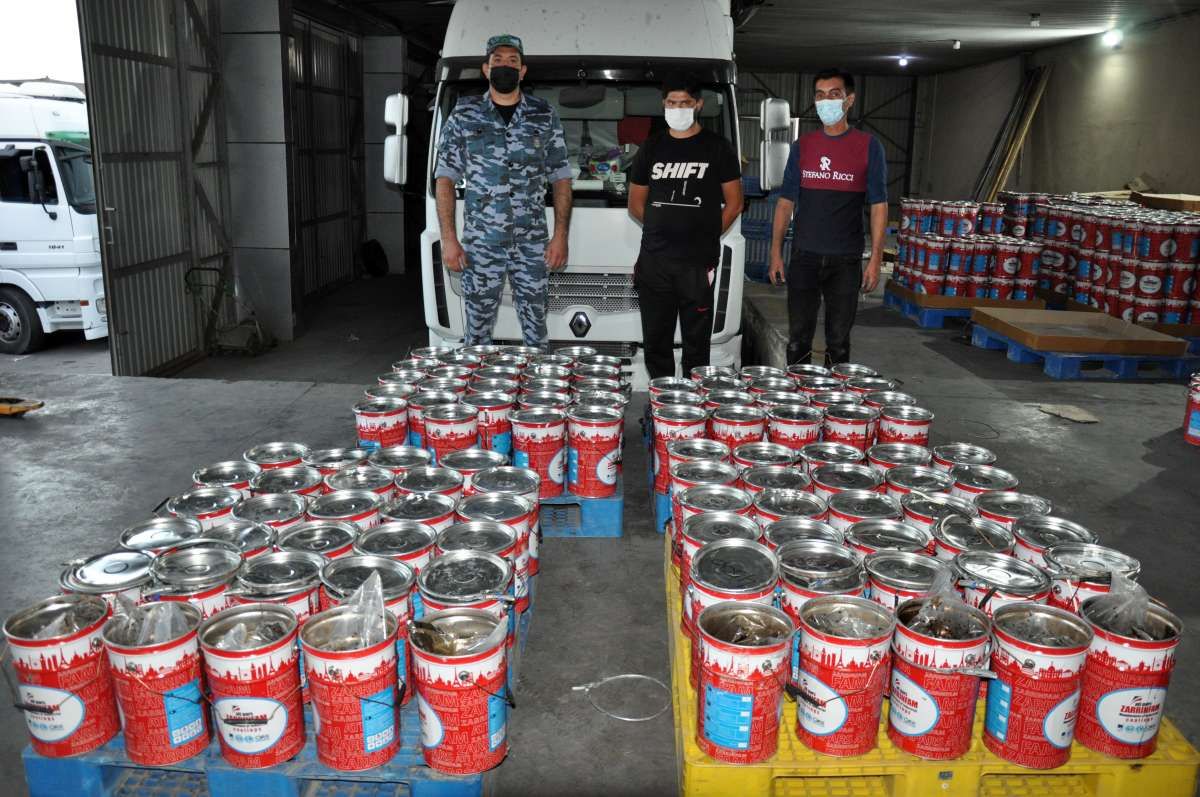
Figure 5: Seizures of drugs sent from Iran to Latvia by the State Customs Committee
It is not possible to transport large quantities of drugs into the territory of Azerbaijan and Georgia outside the control of the customs and border services of Iran. These activities are under the direct control of the Islamic Revolutionary Guard Corps, which is considered the power structure of the established religious regime in Iran. It is implausible to believe that those conducting military drills in the name of "protecting border security" are unaware of the massive drug trade raging along the nation's borders.
The transfer of the 130 km section of the border with Azerbaijan, which has been a "gray zone" for many years, to the control of official Baku has turned the Iranian-Armenian border into a sensitive issue for the Islamic Revolutionary Guard Corps. The existence of Armenia-Georgia-Black Sea drug traffic is of vital importance to Iran's relevant circles. Therefore, in line with the November 10 agreement to end the Karabakh conflict, the launch of the Zangazur corridor in the unimpeded passage is seen by official Tehran as a red line.
It is no coincidence that the Border Guard Department of the Russian Federal Security Service, which ensures the security of the Iranian-Armenian border, installed new checkpoints in the Mehri-Akarak region in August 2022. According to the FSS, the tense operational situation has recently emerged in connection with the increase in the smuggling of narcotic drugs and psychotropic substances (hashish, methamphetamine, and heroin) on the Armenian-Iranian border.
In addition, cases of violations of the state border by representatives of extremist and terrorist organizations were also reported. According to the FSS Border Service, in 2021, Russian border guards detained two militants who had illegally arrived from Iran, with weapons, grenades, and a large amount of ammunition, in the area of the deployment of the Mehri border detachment. Apparently, Iran is able to bypass even its "beloved" friend and ally Armenia to achieve its goals.
Thus, it becomes obvious that the relevant customs services of Iran and Armenia are systematically engaged in criminal business.
Iran illegally receives billions of "dirty" US dollars from the production and transit of drugs under the pretext of international sanctions imposed on it. The resulting picture sheds light on the reasons for Tehran's and Yerevan's reactions to the Zangazur corridor problem. It is for this reason that drug trafficking routes are considered under the name "thousand-year communication route".
In some Iranian circles, the opening of the Zangazur corridor is seen as the end of the drug trade and the loss of significant financial resources. In short, instead of supporting regional peace and cooperation, Iran continues its nefarious practice of poisoning millions of people. France and Armenia's other patrons in the West are aware of the ongoing drug trade across the Iranian-Armenian border. The French Senate and the Indian government are well aware that the weapons that both countries will sell to Armenia will be paid for by the proceeds from drug trafficking.
---
Follow us on Twitter @AzerNewsAz
Here we are to serve you with news right now. It does not cost much, but worth your attention.
Choose to support open, independent, quality journalism and subscribe on a monthly basis.
By subscribing to our online newspaper, you can have full digital access to all news, analysis, and much more.
You can also follow AzerNEWS on Twitter @AzerNewsAz or Facebook @AzerNewsNewspaper
Thank you!
